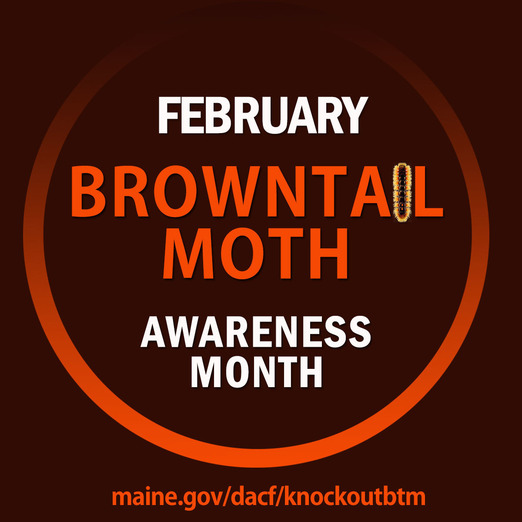Date: February 28, 2024
Time: 2:00PM – 3:30PM EST
Location: Webinar
Presenters:
John Bailey, Land Manager for The Nature Conservancy
Aliesha Black, Forest Ranger for The Maine Forest Service
Logan Johnson, Executive Director, Maine TREE Foundation
Host: Piscataquis County Soil and Water Conservation District (PCSWCD)
There is a common misconception with forest fires being a negative occurrence, when in actuality it does have positive forest health outcomes. PCSWCD’s professional partners will offer clarification along with some promotion of how fire can be good in essential landscapes with a safe, healthy and controlled balance and how prescribed burns can be beneficial.
Jon Bailey, Land Manager/ME Fire Manager from The Nature Conservancy will explain the approach and the use of good fire with an overview of all the planning and preparations, the methodical and scientific approach. He will touch on the basics, how and why we can use prescribed fire, implementations, challenges, risk management, liability, equipment and training. Jon will also explain the predominantly use of fire for multiple reasons: ecological habitat benefits, habitat resiliency, hazardous fuels reduction, fire crew training and learning opportunities.
Aliesha Black, Forest Ranger from the Maine Forest Service and Vice Chair of Maine Prescribed Fire Council, will discuss regulations, training, and the use of prescribed fires for forestry management in Maine and her work with private landowners and on public lands.
Logan Johnson, Executive Director of Maine TREE, will join the discussion to offer his experience in Fire Science Communication, and the potential of family forest owners using fire as a management tool in Maine and within other states, and the challenges.
Register online
Browntail Moth (BTM) caterpillars have been an ongoing nuisance in Maine; causing tree defoliation and rashes in humans. Reduce chances of encountering this pest by learning how to recognize and remove their winter webs.

Reduce BTM impacts! Recognize. Remove. Recruit. Reach Out.
Recognize what browntail moth winter webbings looks like. Check branch tips for silk-white webbing. BTM strongly prefer oak, apple, crabapple, cherry, birch, poplar, shadbush and rose bushes.
Remove BTM winter webs. Use hand snips or extendable pruners. Make sure to protect your eyes and skin from the toxic caterpillars. You can destroy them by contained fire (make sure to obtain burn permits here), or soaking them in soapy water for a few days.
Reach Out if you find BTM in your community. The more people that work together to respond to browntail, the better the results!
For additional information and resources about BTW, please visit maine.gov/dacf/knockoutbtm
|
